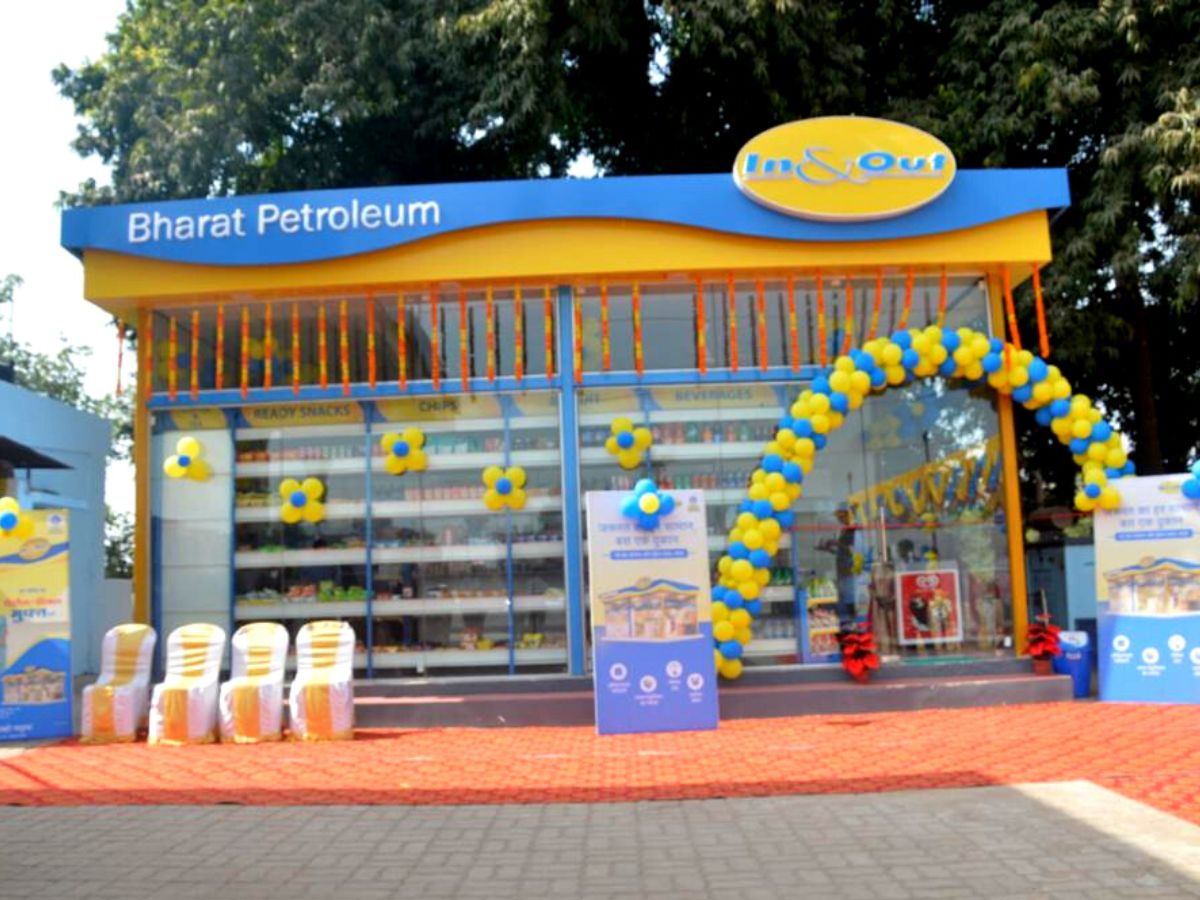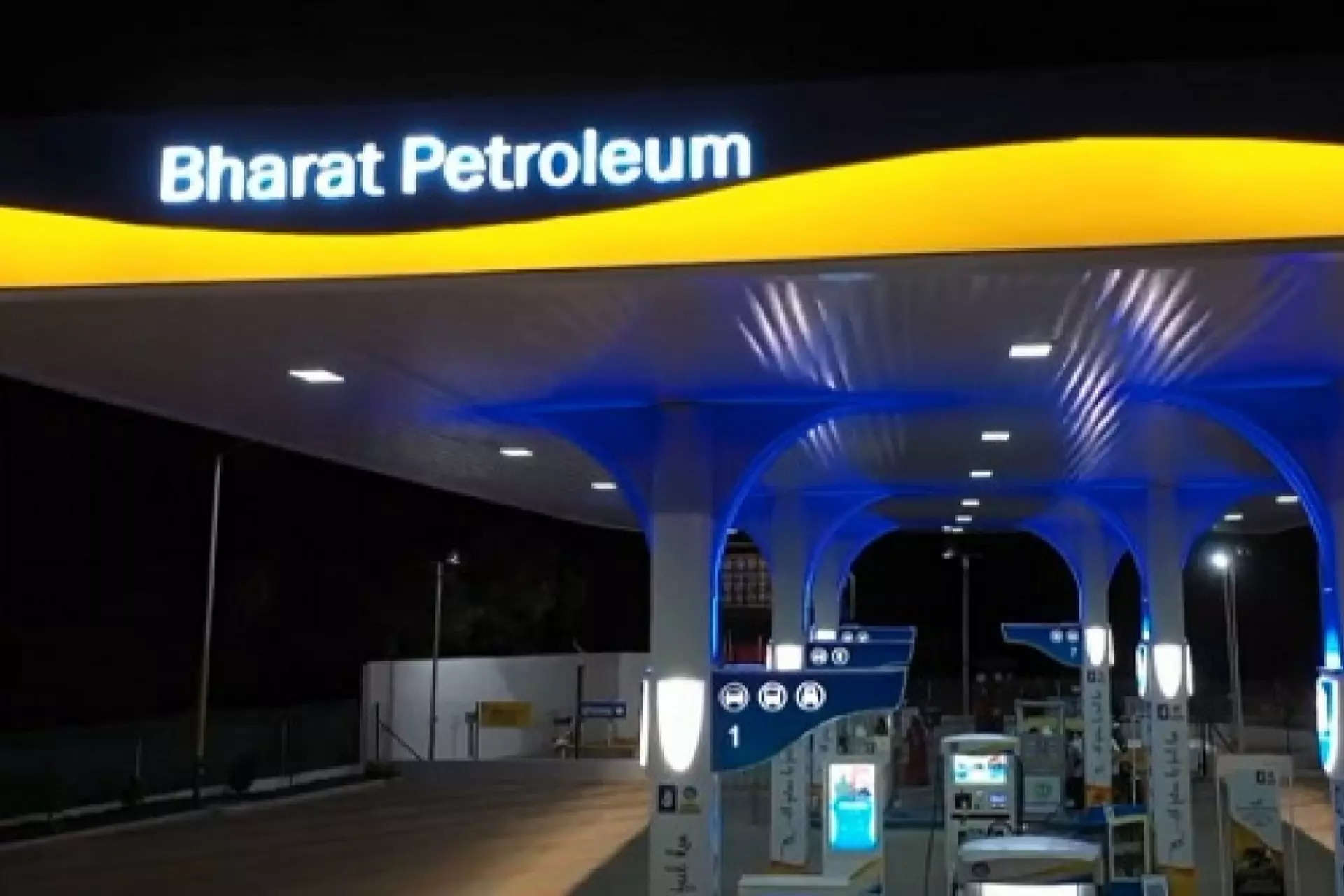Bharat Petroleum Corporation Limited Profit Soars with Marketing Margin Surge 2023

Bharat Petroleum Corporation Limited Profit Soars with Marketing Margin Surge
Bharat Petroleum Corporation Limited (BPCL), one of India’s leading oil and gas companies, has recently made headlines by returning to profitability after a period of financial challenges. The company’s resurgence can be attributed to its effective utilization of marketing margins, a key financial lever in the oil and gas industry.
This article explores how BPCL managed to turn its fortunes around, the significance of marketing margins in the oil industry, and what this comeback means for the company and the broader market.

Bharat Petroleum Corporation Ltd., a state-owned company, said that it had turned a profit in the September quarter following an increase in marketing margin. According to a statement from the firm, consolidated net profit for July through September was Rs 8,243.55 crore, up from a loss of Rs 338.49 crore during the same period the previous year.
An increase in marketing margins helped offset losses from last year’s high rates, as a freeze on the adjustment of petrol and diesel prices was implemented in spite of a decline in the price of input crude oil.
In the second quarter of the current fiscal year, pre-tax earnings from the downstream oil refining and marketing sector rose to Rs 11,283.29 crore, whereas the same time last year had a loss of Rs 123.17 crore. Despite a surge in worldwide oil prices subsequent to Russia’s incursion into Ukraine, state-owned gasoline retailers BPCL, Indian Oil Corporation (IOC), and Hindustan Petroleum Corporation Ltd (HPCL) froze prices last year.

This was done in an effort to protect customers from price fluctuations. The three businesses lost money in the first half of the 2022–2023 fiscal year (April 2022 to March 2023) as a result of the price freeze. BPCL lost Rs 6,486.43 crore between April and September of 2022. However, from April to September of 2023, it reported record earnings of Rs 18,887.85 crore.
Due to reduced oil prices, revenues decreased from Rs 1.28 lakh crore in July through September of previous year to Rs 1.16 lakh crore. BPCL said that from April to September of 2023, it made USD 15.42 on average from processing each barrel of crude oil into fuel, compared to a gross refining profit of USD 22.30 during the same time the previous year.
Refinery throughput was 9.35 million tonnes in Q3 of FY 22–23 as opposed to 8.82 million tonnes in Q2 of FY 22–23. Comparing Q2 of FY 23–24 to Q2 of FY 22–23, market sales were 12.19 million tonnes as opposed to 11.44 million tonnes. There has been a 6.56% increase in sales.

Before delving into BPCL’s return to profitability, it’s essential to understand the challenges the company faced. In the years leading up to its resurgence, BPCL, like many other oil and gas companies, encountered several headwinds. These included fluctuating global oil prices, regulatory changes, and increasing competition in the domestic market.
One of the primary concerns for BPCL was its declining profitability. The company was grappling with losses due to low refining margins, rising crude oil prices, and government regulations that capped the retail selling price of fuels like diesel and petrol. This unfavorable operating environment pushed BPCL into a precarious financial position, raising concerns among investors and stakeholders.
Marketing margins are a crucial financial metric in the oil and gas industry. They represent the difference between the cost of procurement and the selling price of refined petroleum products such as petrol and diesel. Companies like BPCL rely on these margins to generate profits from their marketing and retail operations.

When global crude oil prices rise, companies like BPCL may face higher procurement costs, which can squeeze their margins. Conversely, when crude oil prices drop, margins tend to improve. However, government regulations in India often limited BPCL’s ability to fully pass on the benefits of lower crude oil prices to consumers, further eroding their profitability.
BPCL’s return to profitability can be attributed to several factors, with marketing margins playing a pivotal role:
- Effective Margin Management: BPCL took a proactive approach to managing its marketing margins. The company optimized its pricing strategies, ensuring that they reflected market conditions while also complying with government regulations. This enabled BPCL to capture the benefits of favorable margin conditions.
- Diversification: To reduce its dependence on traditional fuel sales, BPCL expanded its portfolio to include products such as compressed natural gas (CNG), liquefied petroleum gas (LPG), and lubricants. This diversification allowed BPCL to tap into new revenue streams and mitigate the impact of fluctuating fuel margins.
- Operational Efficiency: BPCL made significant efforts to enhance its operational efficiency by streamlining processes, reducing costs, and improving supply chain management. These measures helped the company operate more efficiently, thereby boosting its profitability.
- Strategic Investments: BPCL strategically invested in infrastructure and technology upgrades to enhance its marketing and distribution network. These investments allowed the company to reach a broader customer base and improve its market share.
BPCL’s return to profitability is not only a testament to the company’s resilience but also a reflection of the dynamic nature of the oil and gas industry. While marketing margins played a crucial role in its resurgence, it is essential to recognize that the industry’s landscape remains volatile. Global factors, such as oil prices and geopolitical tensions, will continue to influence BPCL’s financial performance.
In the future, BPCL is likely to focus on further diversification, sustainability initiatives, and digital transformation to maintain its competitive edge. Additionally, the company will need to navigate regulatory changes and continue optimizing its pricing strategies to ensure sustainable profitability.
BPCL’s return to profitability after leveraging marketing margins demonstrates the company’s ability to adapt and thrive in a challenging industry.
Effective margin management, diversification, operational efficiency, and strategic investments were key drivers of this turnaround. As BPCL continues to evolve and respond to industry dynamics, its success serves as an example of resilience and adaptability in the ever-changing world of oil and gas.





